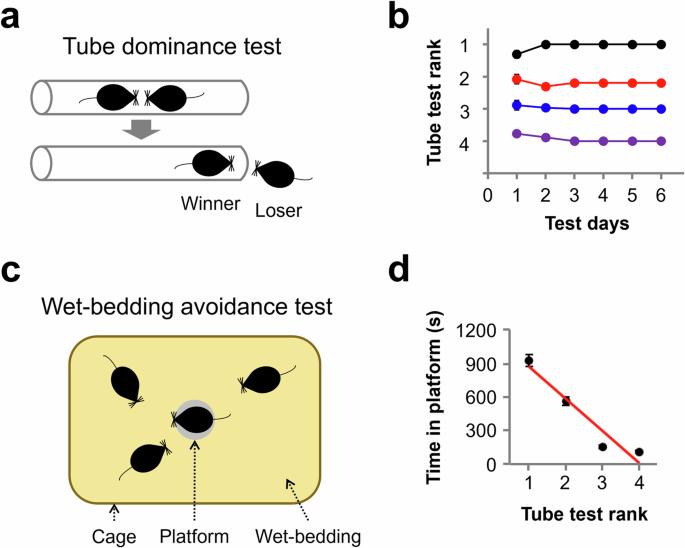社会支配行为的中皮质边缘回路机制
IF 9.5
2区 医学
Q1 BIOCHEMISTRY & MOLECULAR BIOLOGY
引用次数: 0
摘要
包括啮齿类动物、灵长类动物和人类在内的社会性动物都参与了对有限资源的竞争,从而建立了社会等级制度,个体的社会地位影响着各种行为。考虑到社会优势对健康、生存和繁殖的影响,了解社会优势的神经生物学基础势在必行。社会支配行为由多个方面组成,包括社会识别、社会决策和行动,这表明有多个脑区共同参与了这种行为的协调。虽然大量研究致力于阐明社会互动的神经生物学,但最近的研究越来越多地深入到不利的社会行为,如社会竞争和等级制度。本综述将重点介绍在理解支配社会支配地位的皮质中脑边缘回路机制方面取得的最新进展,尤其侧重于啮齿动物研究,阐明社会等级制度的复杂动态及其对个体福祉和适应的影响。本文章由计算机程序翻译,如有差异,请以英文原文为准。


Mesocorticolimbic circuit mechanisms of social dominance behavior
Social animals, including rodents, primates, and humans, partake in competition for finite resources, thereby establishing social hierarchies wherein an individual’s social standing influences diverse behaviors. Understanding the neurobiological underpinnings of social dominance is imperative, given its ramifications for health, survival, and reproduction. Social dominance behavior comprises several facets, including social recognition, social decision-making, and actions, indicating the concerted involvement of multiple brain regions in orchestrating this behavior. While extensive research has been dedicated to elucidating the neurobiology of social interaction, recent studies have increasingly delved into adverse social behaviors such as social competition and hierarchy. This review focuses on the latest advancements in comprehending the mechanisms of the mesocorticolimbic circuit governing social dominance, with a specific focus on rodent studies, elucidating the intricate dynamics of social hierarchies and their implications for individual well-being and adaptation. In the animal world, the fight for food and mates often results in social rankings, with dominant animals getting better access to resources. This review explores the brain biology of social dominance, focusing on specific brain circuits in rodents. Using behavioral tests, they’ve started to understand how different brain areas and their connections affect social ranking among animals. The study combines results from many experiments to better understand how social dominance is wired in the brain. The results highlight the complexity of social dominance, showing it as a trait influenced by multiple brain areas and their interactions. They conclude that understanding these brain processes is key for understanding the wider implications of social behavior in health and disease. Their work improves our understanding of the biological basis of social hierarchies, suggesting potential targets for treating social behavior disorders. This summary was initially drafted using artificial intelligence, then revised and fact-checked by the author.
求助全文
通过发布文献求助,成功后即可免费获取论文全文。
去求助
来源期刊

Experimental and Molecular Medicine
医学-生化与分子生物学
CiteScore
19.50
自引率
0.80%
发文量
166
审稿时长
3 months
期刊介绍:
Experimental & Molecular Medicine (EMM) stands as Korea's pioneering biochemistry journal, established in 1964 and rejuvenated in 1996 as an Open Access, fully peer-reviewed international journal. Dedicated to advancing translational research and showcasing recent breakthroughs in the biomedical realm, EMM invites submissions encompassing genetic, molecular, and cellular studies of human physiology and diseases. Emphasizing the correlation between experimental and translational research and enhanced clinical benefits, the journal actively encourages contributions employing specific molecular tools. Welcoming studies that bridge basic discoveries with clinical relevance, alongside articles demonstrating clear in vivo significance and novelty, Experimental & Molecular Medicine proudly serves as an open-access, online-only repository of cutting-edge medical research.
 求助内容:
求助内容: 应助结果提醒方式:
应助结果提醒方式:


